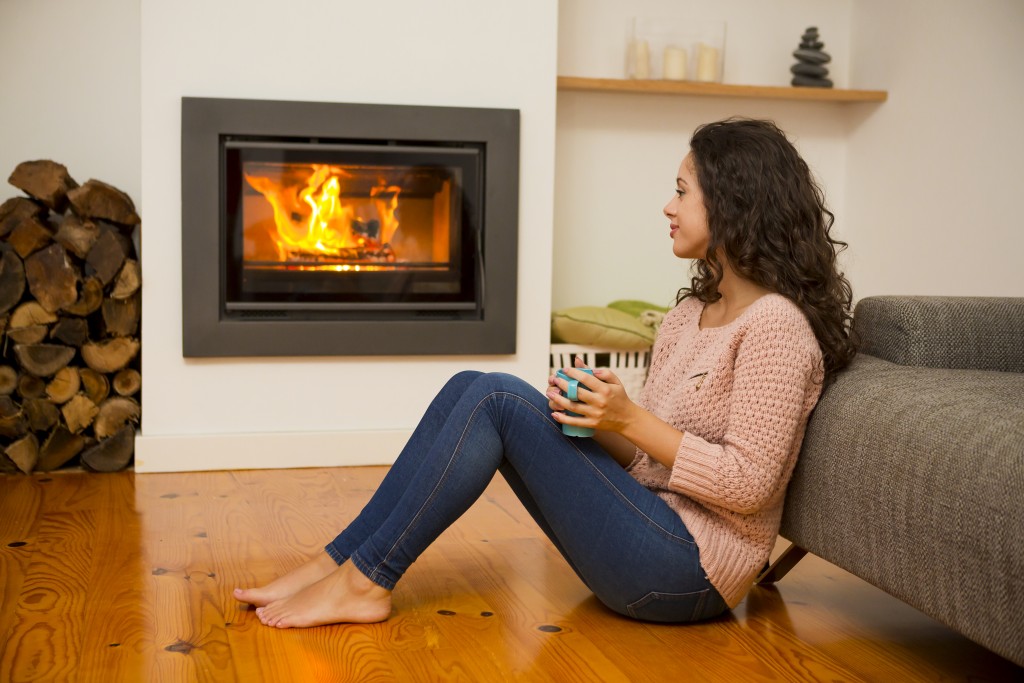As we approach the colder months of the season, keeping warm by the fireplace will likely become a frequent pastime.
But before you start using it, be sure to check if the fireplace is in good condition. Lighting it up without first doing safety precautions may result in unwanted accidents.
So whether you have a gas fireplace or wood fireplace, what are some areas that you should check for safety?
Chimney
When checking for fireplace safety, it may be worthwhile to start with an area that is least accessible.
The chimney is a part of the home that you seldom think about. And when you neglect proper maintenance in this area, it can contribute to fireplace issues when you least expect it.
Schedule some time to have the chimney regularly checked by certified professionals. According to the National Fire Protection Association, the chimney should be inspected every year. Depending on the issues that’ll be uncovered, experts may recommend extensive repairs or standard cleaning and maintenance.
Think about it, allocating a few hundred dollars annually for inspection is a better option than paying for expensive repairs from fire damage.
Ceiling or fireplace opening
If you’ve started using the fireplace for quite a bit now, check the ceiling or fireplace opening for signs of smoke stains. If you’re seeing black spots in these areas, it may indicate an underlying issue with your fireplace.
In some homes — especially older ones — gaps can appear between the hearth and the firebox. Sparks and tiny burnt wood often spill over into this gap.
When this happens, smoke can’t find its way into the chimney’s smoke chamber and ends up staining the ceiling. If stains are present around the fireplace opening, it may be a flue damper issue.
If you can’t pinpoint the problem accurately, seek professional advice.
Firebox

Next, closely inspect the firebox lining. Determine if there are any signs of wear and tear, like visible cracks and gaps.
The lining covers a steel material that helps hold the firebox together. When this steel body is exposed, your fireplace create too much heat and cause further damage to the material.
In some cases, the chimney structure can crack. In gas fireplaces excess heat can also cause tiles and the hearth floor to break.
Additionally, don’t forget to check the flue damper just above the firebox. Sometimes the lever accumulates a lot of dirt and it becomes difficult to effectively open or close the damper.
Fireplace grate
Lastly, check if your fireplace grate is just the right size. How do you know you’re measuring right? The Chimney Safety Institute of America (CSIA) doesn’t recommend an oversized great that is bigger than the fireplace opening.
This is especially important for wood fireplaces. A large grate can encourage you to throw in more wood, creating excessive heat that the fireplace isn’t used to handling. In such a scenario, overheating becomes quite frequent — resulting in damage to the fireplace, as discussed above.
Find a grate that isn’t more than two-thirds of the fireplace opening should be more than appropriate for your heating needs.
Keep these tips in mind as we head into fall and winter. If you want to familiarize the anatomy of your fireplace, check out this resource from CSIA.




